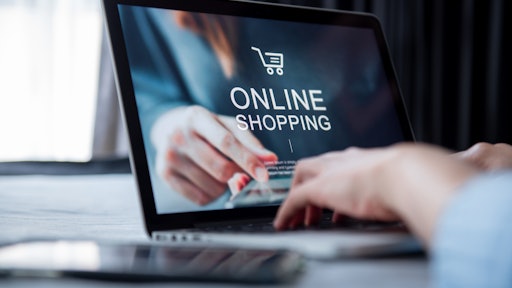
This holiday season will be shaped by changes to the shopper experience as a result of the COVID-19 pandemic. Topping the list of fundamental holiday shopping trends are an explosion in e-commerce sales; an early start to a longer shopping season to reduce crowds; greater use of curbside pickup; and enhanced safety protocols at physical locations, according to a new report from CBRE.
CBRE’s annual Holiday Trends Guide highlights trends in both retailing and consumer shopping, as well as the impact of those shifts on the U.S. commercial real estate retail market.
“Retail hasn’t grappled with anything like the challenges it faces this year, and the holiday retail season will be affected as retailers adjust to changing shopping behaviors,” says John Morris, CBRE Retail Leader. “We will see modest growth this holiday season, as brick-and-mortar sales will be challenged and overall consumer confidence is tepid. However, ecommerce sales will hit new highs in 2020.”
CBRE’s report outlines four trends shaping the season as it unfolds:
E-commerce Explosion
According to CBRE, overall holiday retail sales are expected to grow less than 2% year-over year, a slower rate than previous years. To wit, holiday retail sales have averaged 4.1% growth per year since 2010.
Meanwhile, CBRE foresees ecommerce sales surging at a record growth rate of more than 40% in November and December. This is up from the previous holiday growth record of 14%, set in 2019.
With this growth in ecommerce sales, one of the biggest shifts for both retailers and consumers in 2020 will be rising carrier surcharges and escalating delivery costs during peak season. If consumers procrastinate in their holiday shopping, they likely will face a surge in shipping prices and delayed delivery in the final rush, in addition to limited inventory availability.
Experience to Efficiency and Safety in Physical Retail
Retailers are revamping their store formats and procedures to make customers feel comfortable and safe returning to in-person shopping. Expect retailers to maximize the use of “in-and-out” shopping: A new strategy that allows consumers to examine merchandise and talk with sales associates in the store, while pushing all other activities - such as payment, gift-card purchases, wrapping and returns – out of the store into common areas and outdoor space where weather permits.
Pop-up store activity will increase to expand retailers’ reach and support social distancing. Curbside pick-up and “buy-online-pickup-in-store,” or BOPIS, which has increased by more than 500% during the pandemic, will continue to attract customers who want to minimize their time spent in the store.
Elongated Holiday Shopping Season
Retailers intend to start offering holiday promotions much earlier than Black Friday weekend, with the aim of de-emphasizing single-day, doorbuster events that traditionally draw big crowds. For some, that will mean rolling out the deals before Halloween and then continually unveiling new promotions throughout the season. To that end, many shopping center owners and retailers have opted to close on Thanksgiving Day – reversing a recent trend of offering doorbuster specials on the holiday – to further downplay programs that typically generate crowds.
“Retailers are becoming more creative in how they manage their physical locations and will continue to develop ways to support their growing e-commerce business,” said Meghann Martindale, CBRE Global Head of Retail Research. “This holiday season will be a significant test for new omnichannel strategies and practices that will help define how retail will operate moving forward.”
To read the full report, click here.


























